Nettle (Urtica dioica) is one of those plants that you’ve either fallen in love with using and have already gotten into your garden, or you are looking for where to harvest it. If you are just learning about it, it’s easy to brush up against it and get stung, that is for sure!!
I grew up on a creek and falling into the nettle patch was just something that accidentally happened now and again. I can remember endless hours playing in the creek and then once in a while, you would feel throbbing little picks all over your body and know that you had trampled through some nettle. The first time is disturbing, but you learn the stinging sensation goes away and so after a while it really was not that big of a deal to me. However, many times I had a friend playing in the creek with me and by their shrieking, I knew the nettle patch had initiated them! The first time, it can be a little shocking if you don’t know what is happening. Some people can have an allergic reaction to the sting, but for the most part, it is not harmful and the sting goes away.
“Knowing all the incredible benefits nettle offers, it’s clear that this plant is worth the effort it takes to harvest.”
Found mainly in temperate regions, it does best in moist, rich soils, often popping up along woodland edges, riverbanks, and meadows. As always, if you are going to forage, you want to have 100% accurate identification of what you’re harvesting. Once you know how to recognize it, you’ll easily spot its serrated, heart-shaped leaves and small, greenish flowers and dangling seeds.
If you have a nettle patch you can harvest from and don’t feel like getting stung—you can easily harvest this patch without suffering the sting.
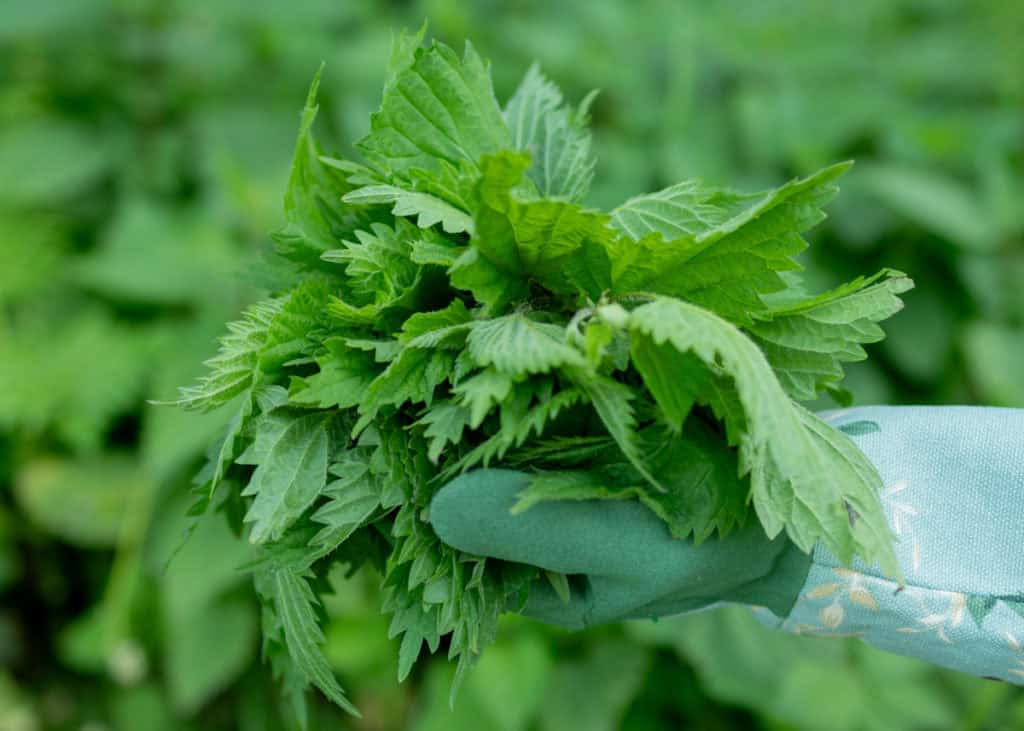
What are the Benefits of Nettle?
Before we dive into harvesting nettle, let’s take a moment to appreciate why this plant is a staple in herbal medicine. Here’s a quick rundown of why you’ll want to make nettle a go-to in herbal harvest.
- Nettle is packed with nutrients, including vitamins A, C, K, and B vitamins, as well as minerals like iron, calcium, magnesium, and potassium—all of which are crucial for supporting your immune system and promoting healthy bones and skin.
- This herb is high in protein compared to other leafy greens, making it an excellent addition to vegetarian and vegan diets.
- It’s also known for its anti-inflammatory properties, which can help soothe arthritis and other joint pains.
- Additionally, it acts as a diuretic, supporting kidney health and helping to flush out toxins from the body.
- This powerful plant may help lower blood pressure and blood sugar levels, making it a potential ally for those managing diabetes or hypertension.
Knowing all the incredible benefits nettle offers, it’s clear that this plant is worth the effort it takes to harvest.
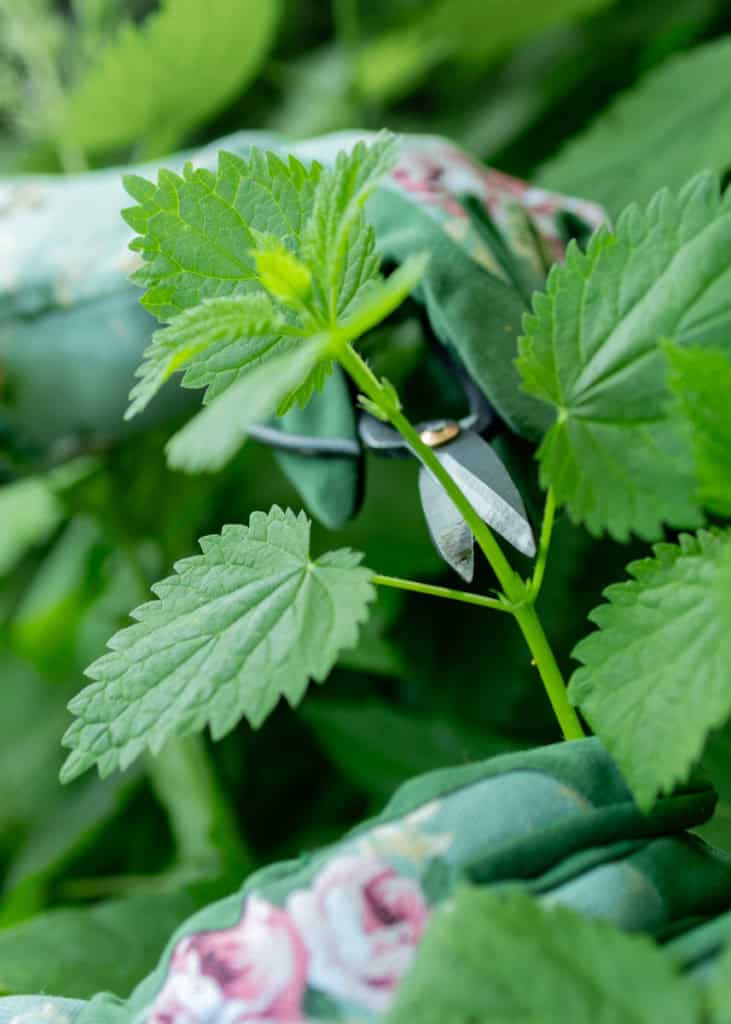
Here’s How to Harvest Nettle
Harvesting nettle might seem daunting due to its stinging hairs, but with the right techniques, you can gather this nutritious plant without any discomfort. Here are some tried-and-true methods to ensure an effective harvest.
- Gear Up with Gloves: When learning how to harvest nettle, the most important tip is to wear gloves. Thick gardening gloves will protect your hands from being stung. Some people also recommend wearing long sleeves and pants to cover up your skin even more.
- Use Scissors or Pruners: To harvest nettle, grab the plant at the very top where the leaves are youngest and most tender. Using a pair of scissors or garden pruners, cut the stem just below the top cluster of leaves. This method allows you to avoid handling the plant too much and reduces the risk of being stung.
- Harvest at the Right Time: The best time to harvest nettle is in the spring or early summer when the plants are young and haven’t yet gone to seed. Early morning is ideal, as the plants are more hydrated and easier to handle.
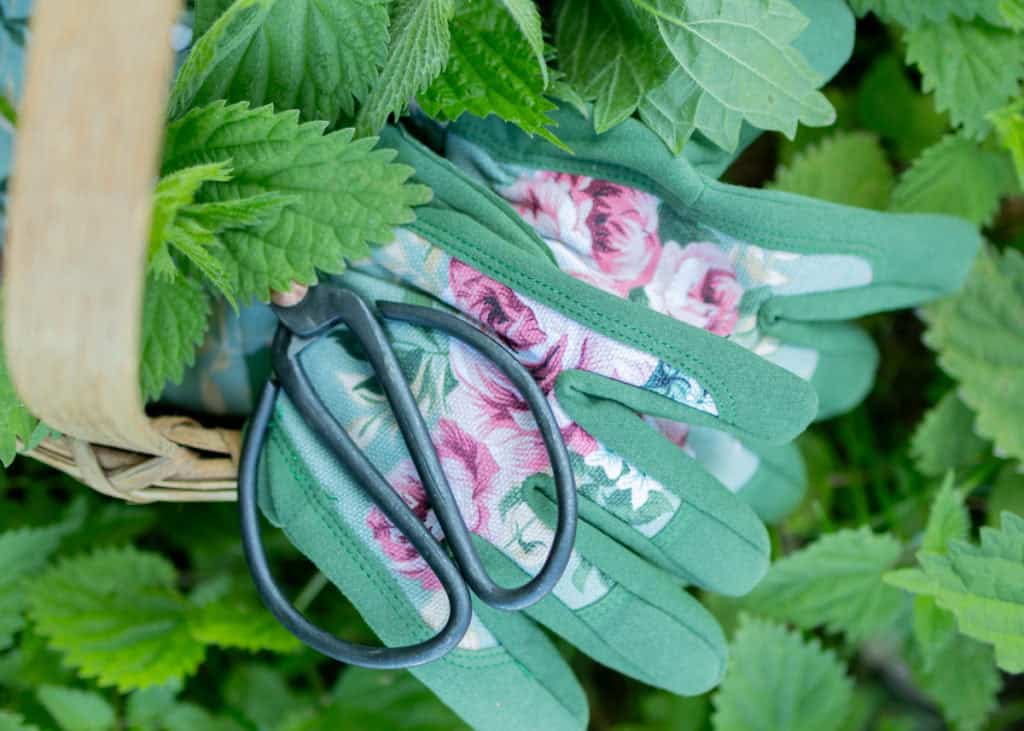
How to Harvest Without Gloves
I’ve harvested nettles every year for more than 30 years and gloves are good, but the truth is that sometimes I am too lazy to round up my gloves! Having a few stings on my hands isn’t a problem for me, but I don’t like a lot of stings.
The way I harvest nettles without gloves is to move very slowly and carefully. You have to always be pulling OUT on the leaf and never touch the leaf while moving in, or toward the stem.
Also, while you are pulling out on a leaf while picking it, that leaf won’t sting you, but if you brush up against the leaf ABOVE it, that leaf will sting you!. SO, you grab one leaf at a time, without brushing up against any other leaves and pull out on it while cutting it off. It is a slow and meticulous process, but I do it all the time without getting stung!
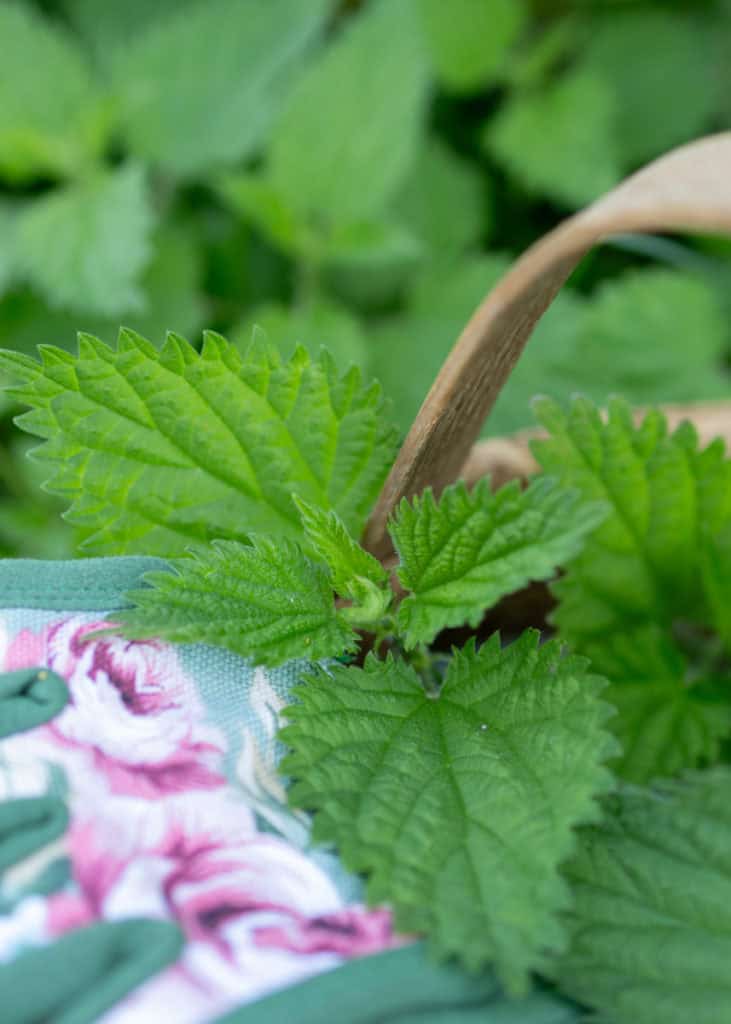
How to Eat Nettle
Once you have nettle in your basket, the next step is to prepare it in a way that removes the sting and unlocks its nutritional benefits.
- Steaming Nettle: The simplest way to prepare nettle for eating is to steam it. Steaming the leaves for about 5-10 minutes effectively neutralizes the stinging hairs, making the nettle safe to eat. Steamed nettle can be used in a variety of dishes—think of it as a substitute for spinach. Add it to soups, stews, stir-fries, or simply sauté it with some garlic and olive oil for a tasty side dish.
- Nettle Tea: Nettle makes wonderful tea. To prepare, simply steep a handful of fresh or dried nettle leaves in hot water for about 10 minutes. Strain and enjoy the tea hot or cold.
- Pesto and Sauces: Replace basil with steamed nettle leaves in your favorite pesto recipe, adding garlic, nuts, Parmesan cheese, and olive oil. This nettle pesto is fantastic on pasta, sandwiches, or as a dip.
- Baking and Cooking: Infuse nettle into your baking by adding it to bread or savory muffins. You can also mix steamed nettle into casseroles, lasagnas, and quiches for an herbal twist.
This herbal delicacy is not only good for your health but also versatile in the kitchen. With a little care and the right techniques, you can turn this wild plant into a yummy addition to your meals. Bon appétit!
Check Out These Other Resources
Learn how to cook with nettle and other herbs in my online courses. In My Herbal Kitchen, you can explore the untapped potential of culinary herbs. Also, check out my delicious nettle soup recipe here: Nettle Soup Recipe + Health Benefits of Nettles
Do you cook with nettles? What are your favorite nettle recipes?
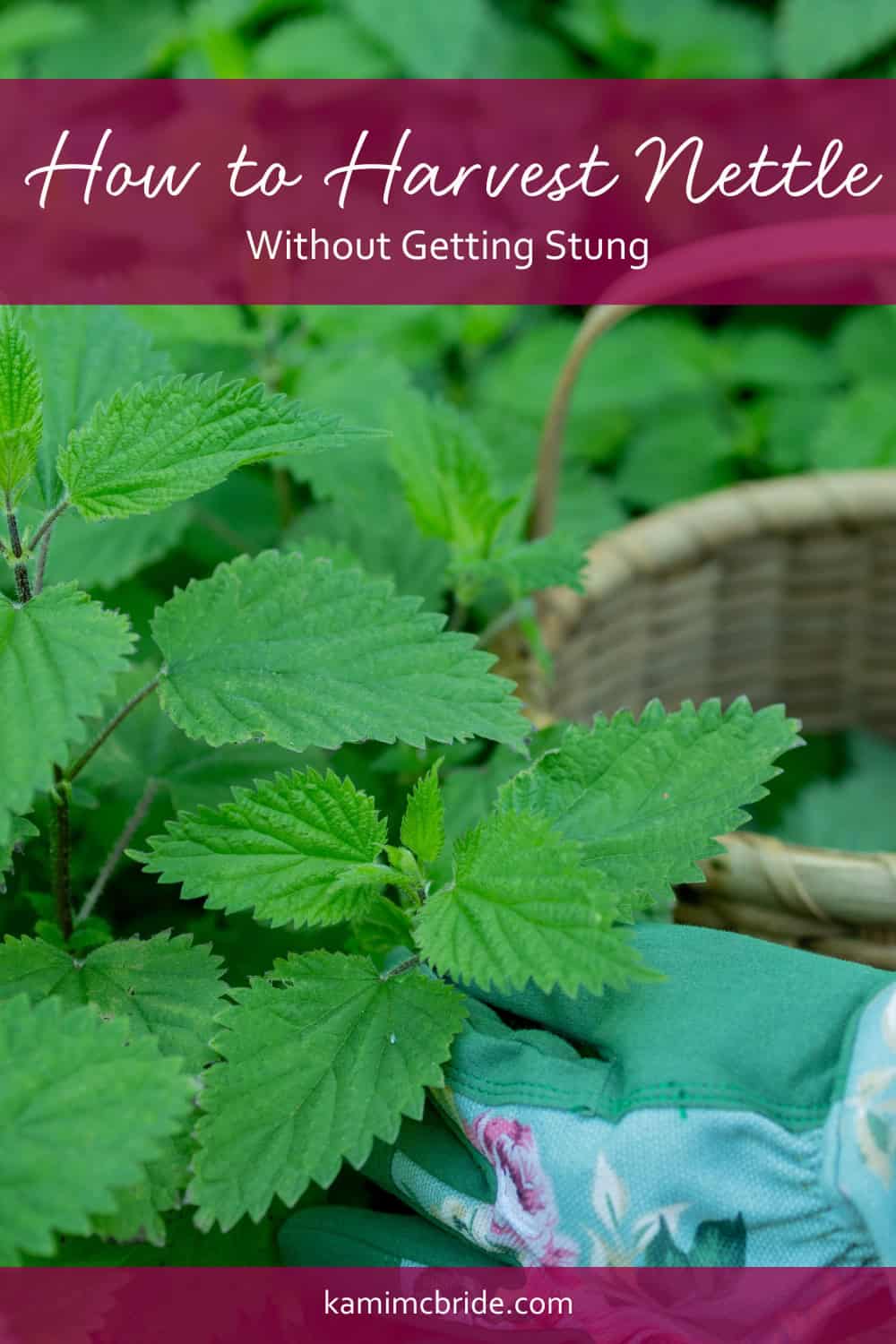



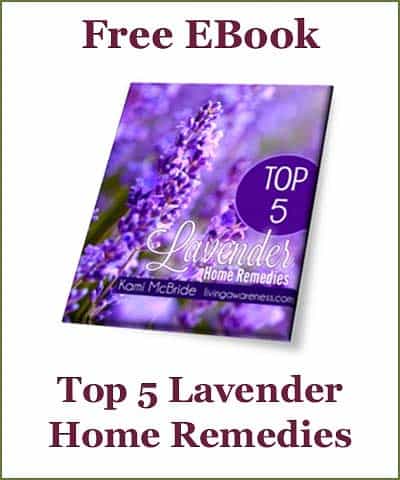
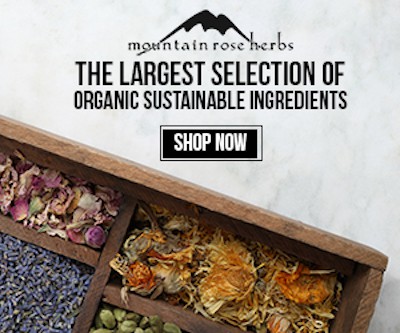
Thanks for al this clear information. I tried the soup and was delicious